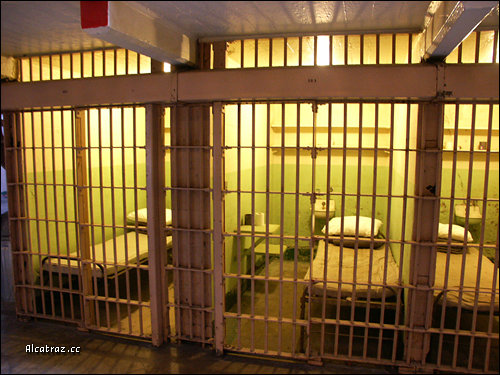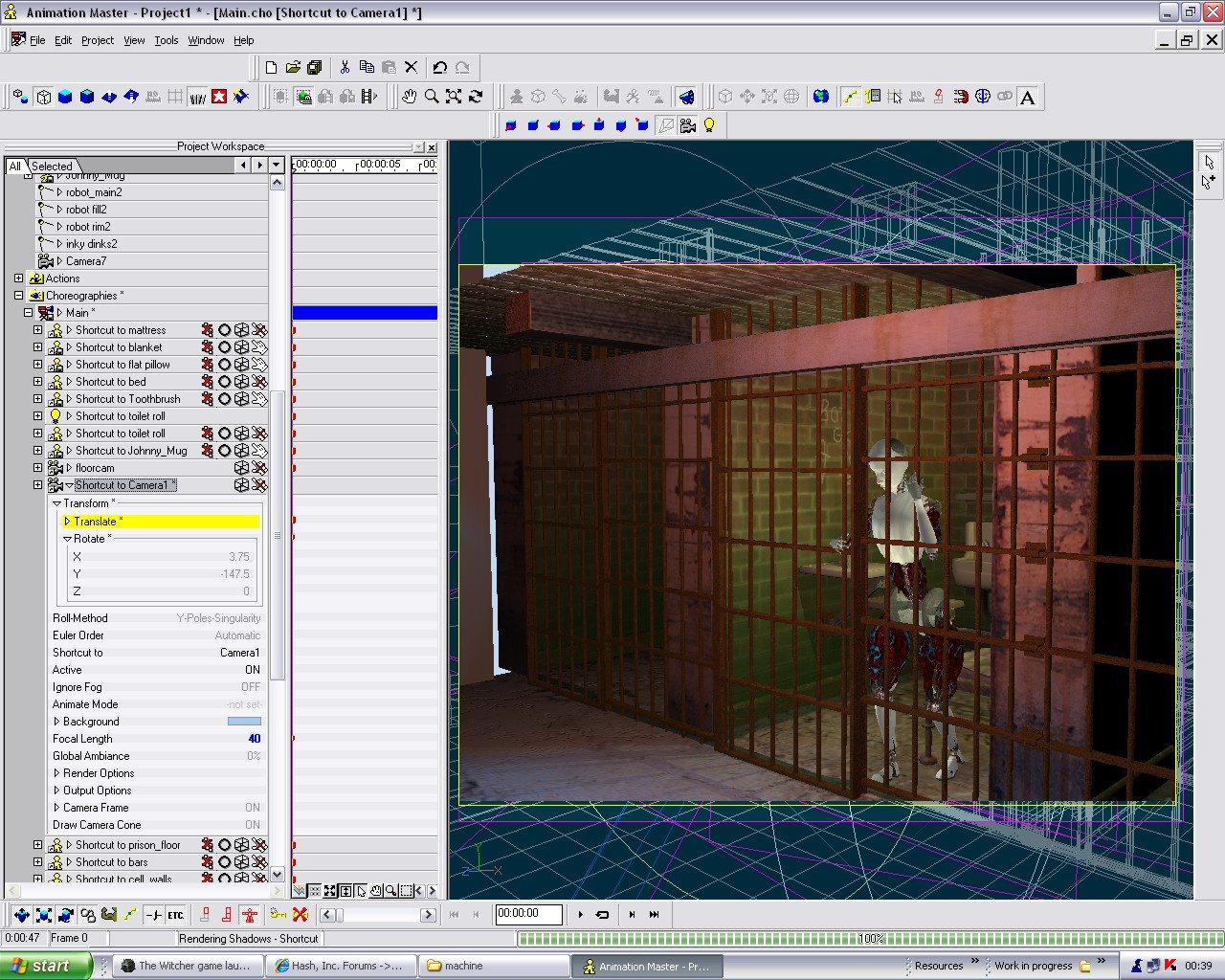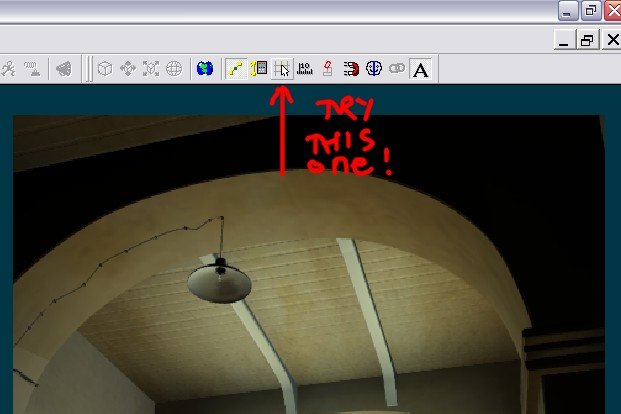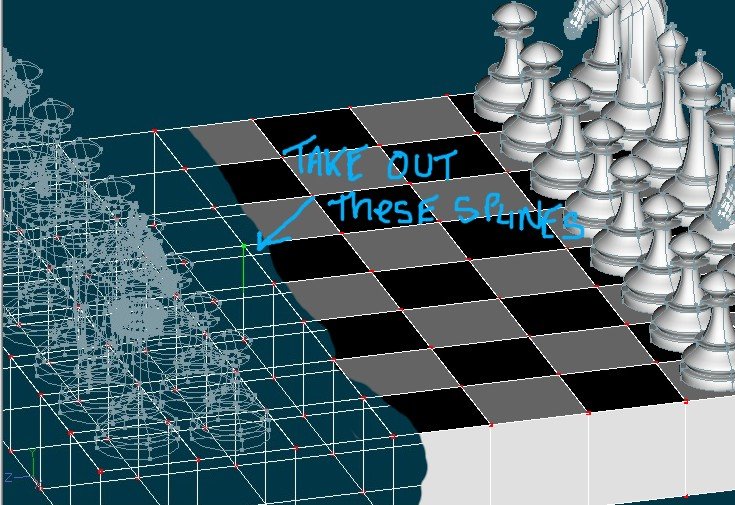-
Posts
855 -
Joined
-
Last visited
Content Type
Profiles
Forums
Events
Everything posted by c-wheeler
-
I like using kliegs because I can control colour bounce effect quickly.I know its cheating, but conisider..... If everything is lit by a series of white area bulbs, then the light you observe -the colour of something-has no change of tint whatever the incident light source(floor,ceiling, walls or skylight) is.-As I see it the reason why immage based lighting can be so effective.So a white box would apear to be the same colour wherever its put in the cell block.In the case of a room all the same colour, it doesnt matter so much, but the walls here are a little red and greenish, the floor a sort of greyish,ceiling whiteish and the light from outside is a little blueish.So the white box on the floor would apear to be a little blue, a box on the wall would apear a little redish, etc etc. I think of it as faking the Cornell box If I was lighting this scene I would try to reproduce Mattts radiosity using both coloured spots and area lights. http://www.hash.com/forums/index.php?act=a...st&id=34287 I would also add one or two small yellowish(If the film is white balanced for indoor spots then lower temperature bulbs appear yellowish) area lights in the cells as if there was a small light in there.And maybe pick up the bars on one or two of the cells From looking at this :-http://www.hash.com/forums/index.php?act=attach&type=post&id=34258 I can see that the area near the camera is lit with a reddish light, making it more hospitable, whereas the area at the end of the coridor is a cold blue, making it more threataning.This can be done by changing the colour of the lights themselves(whatever you use) Maybe a combination of methods works better. I like kliegs because I can easily moove away from "real" lighting to "emotional" lighting.If I get asked to throw a little more shadow or make something stand out, I can do so fairly easily. I gues it comes down to what you like. Chris
-
Creating a moving image on a flipping book page. I know its possible to add a series of animated images files as a decal, which then becomes part of an animated sequence- but how do you start and end the moving picture sequence in the right place in the cho - short of bumping the decal up with static shots. So say the moving sequence is 3 secs long, but the whole sequence is 10 secs and you dont want it to start until 4 secs in. How would you all handle it? Chris
-
I can make a guess at what you were trying to achieve, but I think you are getting "low light" confused with "no light" The key is to balance the scene with light and dark, so the light areas are light, and the dark areas are well....visible but dark. Lighting is a very tricky thing to do well, but if you go slow, I think you can get the effect you want.What I think you need is some "bounce" I would suggest you go back to your original lights.The ones with just the bulbs in. Then make a single light object, a klieg with a wide cone angle- about 160 degrees and plenty of width softness have the intensity at about 20%, but be prepared to play around with these figures.Under options>cast shadows make it z-buffered.Call it bounce. Then in the cho. drop this onto the floor of the hallway, pointing up at the ceiling. Make sure the fall off is long enough to reach the ceiling and change the colour to the colour of the floor say a sort of brownish - this replicates the light from the floor that hits the ceiling. What you want is to barely light the darkest corner of the ceiling in a sort of brown. Dont try to do all the hall at once, and be prepared to play with the settings youve made. Experimentation is the key. Use the same method to light each of the walls, but give the wall bounce a greenish tinge. Once youve set up the inside, you can add a light from outside pointing to the right wall to simulate the moonlight. Make this a little blue. Internal lights can be set up to simulate interior cell lighting, or to highlight specific features, such as the bars.Turn the z buffering to ray-trace in the final render. Hope this helps, Chris
-
I did some research into this for an ad a while back - then this version of the add was never made. I would not make this just in AM, but use another application as well. The project brief was for a 10 second intro involving a fencer with a sword for the launch of a new product. The fencer was to be "on fire" with a flaming effect following the sword. Animate your realistic figure until your satisfied with the result. Then export your finished animation with alpha channels.This replaces the need for green screen filming required by the broject. Import into new project in After effects Composite footage using AE There is a tutorial available on the web at creative cows I think.
-
One quick-ish way would be to:- 1) Make a flat plane that would sit above the skylights 2) Get a piece of video that shows the effect you want- bearing in mind copyright etc. 3) Convert the film to a useable format 4) Decal the flat plane with the immage sequence/animation Everything else is just lighting Chris
-
I once modeled a short cell stretch based on Alcatraz, with the toilet, bed - all the furniture. When I came to assemble them in the cho, I "discovered"(I should really have checked first) that the 2nd cell was a mirror immage of the first, so it wouldnt fit together properly. At the time I couldnt think of a way to assemble it (flip) in the cho. I had to add an extra mirrored cell in the model file first. The bars and mechanism were seperate models. There is an automated project saver that will save incremated backups (001,002 etc each time you save your project file.
-
Seems like you might have "snap manipulator to grid turned ON. click the icon with the grid and pointer on to turn it OFF Chris
-
The guard hairs(longer ones)on the fur look good. I would change the underlying fur to make it a little finer. Also I would have a direction map for the fur or comb more -Think whorls- I usualy take down the density to do this, and just step it up for rendering. Chris
-
I'm afraid TSM2 only works with version12( or early 13?). If you intend to rig with tsm, I would have modeled in ver12(if available), then rigged using tsm, then opend and saved in 14/15.Or you gould just load a set of bones and poses from another model, re position them and reset the compensates, I think. But a far better solution would be to use the squetch rig. Geat to install, great to animate,with cp weighting you get better flexing- plus lots of info on how to do it. I think the splines are ok for the hips - its more to do with weighting/assigning.
-
Why thank you most kindly, Rodney - And i will use the new scheme, I just tend to renew in January. Chris
-
I think since I cannot be classed as a "new user",the raffle should be open to "current subscription holder" as an extra incentive to take up the new scheme Chris
-
Also now I think you need to key each bone you want mirrored, so when I do a walk cycle I key each of the major bones. Chris
-
Not just those two, you should model the rest of her as well.......
-
Pointless? Its all part of the "getting to know you/us "process. Background research Welcome wells5150, Newbie, Age Unknown, Gender Not Set, Location Unknown, Birthday Unknown.
-
Sorry I dont understand what you mean by your last two posts. Chris
-
Hi Yossi. Yes AM can export still images in a number of different formats, jpg,tga etc. There is a plugin available to export directly to swf, wich will ,I believe be included in AM c here:- swf plugin There are lots of posts about the subject, so I will not bother to repeat what everyones said.... Here are some links worth looking at:- http://www.hash.com/forums/index.php?showt...hl=flash+export http://www.hash.com/forums/index.php?showt...hl=flash+export Including one on how to fake it:- http://www.hash.com/forums/index.php?showt...hl=flash+export Just do a search of the forum.
-
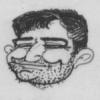
Techniques, Software, etc for making a long clip or movie
c-wheeler replied to Jentham2000's topic in New Users
I have to say first of all that you can do everything in AM. Having said that, sometimes its easier not to. I tend to draw or get given a shot of what I is needed in each segment of a scene in a storyboard sheet or you could use 3/4 ratio rectangles. Then I scan this in and put together an animatic using AM or whatever(I use premiere pro).That way you can edit the sequence without wasting animation. I then model and set up each scene in am using one chor. per scene. If the direction calls for camera inserts or different shots in that scene, its all done in that cho(mostly) Sometimes I use the same cho for different scenes, or just one cho for the whole thing. It just depends on what seems easier.Then I animate each scene and render a test mov, placing each finished test in place of the storyboard shot. And check it out for editing Once the tests are done or re-done, I render out each frame as numbered tga's in named folders. Then bring it all together -compositing- sfx,vocals and frames using premiere pro. You could add titles in the compositing stage, or simply make models of the text using font wizard in AM and use that -
mtpeak2 Mark, thats awesome. I made a very tongue-in-cheek comment and you respond like this! Many,many thanks! Chris
-
Would anyone like to add it to KuKlip - by say ...tomorrow? I love this idea. Would you be able to turn on and off the various components - so that for instance it only affected the stomach, or fingers? Chris
-
I would certainly consider using decals for the frog skin, rather than materials. Materials are nice, but they are not so easy to blend - plus they can push the render times way up. I would set up the frog in various decal poses - there are several nice tutorials on the web for this - just like texturing a face. Produce skin maps(decals) using the materials you already have, then use painting techniques, layering bumps etc.to achieve exactly the results you want. That way you can produce just the sort of blending you want, as well as make specularity, bump and other maps.
-
I like this model! I never had the inclination to make one, but thats a nice model, especially if its your first. Only one or two points, but not really criticisms. When you made the grid for the chessboard, and just extruded it to give it thickness, you made a lot of extra splines that are not actually needed. Although fairly negligible in this instance, that adds to the size of the model and increases the render times. Its therefore considered not good practice. You could just go ahead and delete them without impacting on the model. The other thing is, if you make each piece as an individual, then you can assemble them all in the cho. file, like you did with the characters. Then you might find it easier to move the pieces -you could rig them separately, and give them individual actions. Chris
-
yep, welcome aboard. Youre in good company, this may not be school, but I think all of us here learn from each other. Chris
-
Something suitably demonic, perhaps? How about Aeshma Chris
-
Try here:- http://homepage.mac.com/talbotj/EYEBROW-DETAIL-TUTORIAL.zip http://homepage.mac.com/talbotj/EYELASHES-...IL-TUTORIAL.zip Chris









